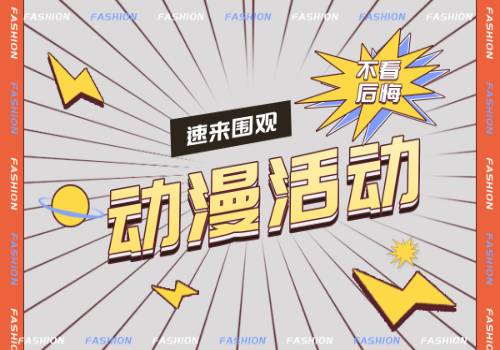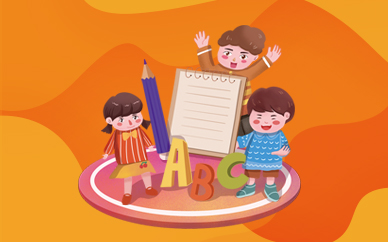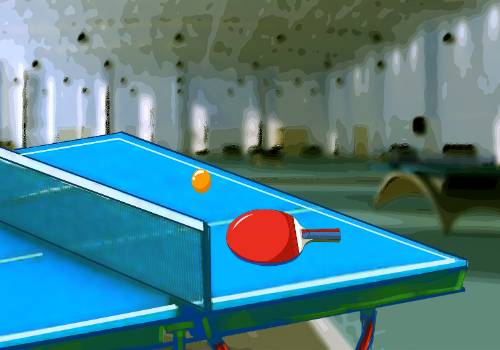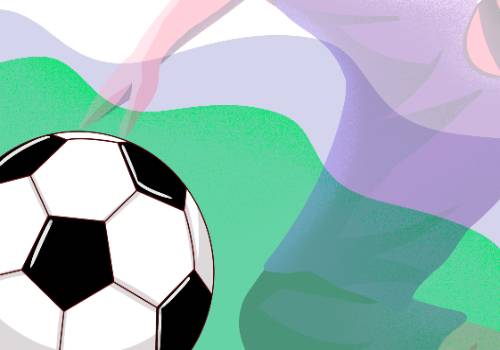对于一些外国朋友,或者海外华裔,
声调学习是语音学习中的一个难点,
声调不同,意思也不同。
 (资料图片)
(资料图片)
举一个很简单的例子:
yá chǐ ——牙齿
yā chì —— 鸭翅
同一个拼音,
那到底是牙齿tooth,
还是鸭翅duck wing呢?
这样的例子比比皆是!
那么怎样才能发音准确呢?
汉语有四个声调,分别为一声(阴平),二声(阳平),三声(上声),四声(去声),还有比较特殊的情况下会出现轻声。
Chinese has four tones: one tone(yinping), two tone(yangping), three tone (shangsheng), and four tone(qusheng).
There are also more specific cases where a neutral tone.
一声(阴平):它有一顶平平的帽子。
发音时,声带绷到最紧,始终没有明显变化,保持高音。
One tone (yinping):It has a flat hat.
The vocal folds are tensed to their tightest point when pronounced, always without significant change, maintaining the high notes.
二声(阳平):它有一顶让人骄傲的漂亮帽子,所以我们在说到它的时候头要扬起来。
发音时,声带从不松不紧开始,逐渐绷紧,到最紧为止,声音由不低不高升到最高。
Two tone(yangping):It has a beautiful hat that makes people proud, so we have to raise our heads when we talk about it.
When pronouncing the voice, the vocal cords start from not loose and not tight, and gradually tense up to the tightest, and the voice rises from not low and not high to the highest.
三声(上声):它有一顶调皮的帽子,它的帽子就像一个小皮球,把它扔下去又会弹起来。
发音时,声带从略微有些紧张开始,立刻松弛下来稍稍延长,然后迅速绷紧,但没有绷到最紧。上声的音长在普通话4个声调中是最长的。
Three tone (shangsheng):It has a naughty hat, its hat is like a small ball, throw it down and it will bounce up again.
When pronounced, the vocal folds begin with a slight tension, immediately relax and lengthen slightly, and then quickly tense, but not to their tightest. The length of the upper voice is the longest of the four tone in Mandarin.
四声(去声):它有一顶爱生气的帽子,说到它的时候,跺跺脚。
发音时,声带从紧开始,到完全松弛为止。声音由高到低,去声的音长在普通话4个声调中是最短的。
Four tone(qusheng):It has an angry hat and stomps his feet when it comes to it.
When pronouncing the sound, the vocal folds start out tight and end up completely relaxed. The sound goes from high to low, and the length of the declination is the shortest of the four tone in Mandarin.
汉语拼音声调标注对汉语拼音声调的四种标调形式,为了便于学习记忆,人们总结了如“一声平,二声扬,三声转弯四声降”等口诀,形象而朗朗上口。
For the four standard forms of hanyu pinyin tones, some recipes have been summarized for easy learning and memorization, for example:\"The first tone is flat, the second tone is raised, the third tone should be turned, and the fourth tone is descending.\"
在给汉语拼音标声调时,都标在单韵母上。
例如:yá chǐ ——牙齿、yā chì —— 鸭翅。
When labeling the tones in Hanyu Pinyin, they are labeled on the single rhymes.
但有时候我们会面临拼音是由复韵母组成或三拼音节组成,也就是一个音节中出现两个单韵母。
However, sometimes we are faced with pinyin that is made up of compound rhymes or trisyllabic syllables, that is, two single rhymes appear in one syllable.
如:bai,xie是由复韵母组成,xian , lian,xiong 是三拼音节。
For example: "bai", "xie" is made up of compound rhymes, "xian" ,"lian", "xiong" are triple syllables.
这种情况下,为了便于记忆,人们就总结出了以下口诀:aoe,iuü是一家,老大(a)不在找老二(o),老二不在找老三(e),i、u并排标后面。
In this case, the following mnemonic has been developed to facilitate memorization:aoe, iuü is a family. If the oldest (a) is not present, look for the second (o), and if the second is not present, look for the third (e). If i and u appear side by side, they are marked on the letter that follows.
jqx和ü、ün、üe相拼时,ü上的两点要去掉。
When jqx is spelled with ü, ün, and üe, the two dots on the ü are removed.
在有些特殊发音中,比如:蘑菇mógu、衣裳yīshang、桌子zhuōzi,后面的一个字的发音是轻声,不需要标调。
In some special pronunciations, such as: mógu, yīshang, and zhuōzi, the pronunciation of one of the words that follow is a soft sound and does not need to be marked with a tone.
口诀如下:
名词后缀“子、儿、头”,
助词“的、地、得”“着、了、过”,
趋向动词“来”又“去”,
方位、叠词后一个,
双音、单纯第二音,
语气“啊、呢、吧、吗、么”,
外加量词中一“个”。
The recipe is as follows:
Noun Suffix“子、儿、头”,
Auxiliary word“的、地、得”“着、了、过”,
Tendency verbs“来”又“去”,
The last syllable of square and superlative words,
The last syllable of a two-syllable simple word,
Inflectional word“啊、呢、吧、吗、么”,
The \"个\" in quantifiers.
给拼音标写声调时要写规范,有的人有时候随意一标,要么标到了两个字母在中间,要么将一声没有写平,看似像二声或四声,都会给人模棱两可的感觉。
Some people sometimes mark the tones randomly, either with two letters in the middle, or without a flat tone, which looks like a second or fourth tone, giving the impression of ambiguity.
练 习-END-



























































































































